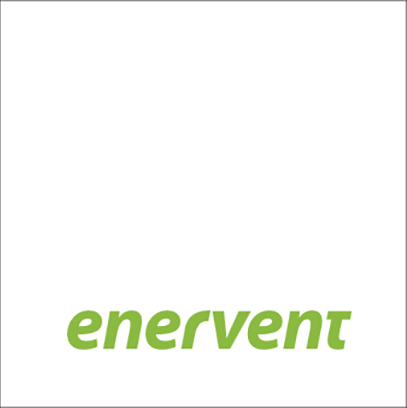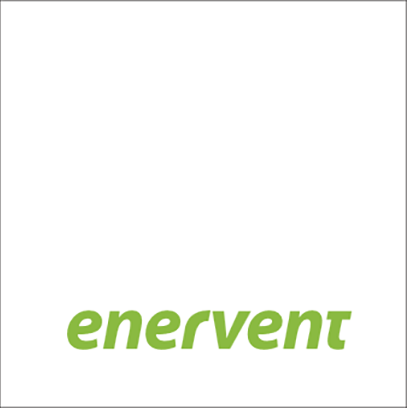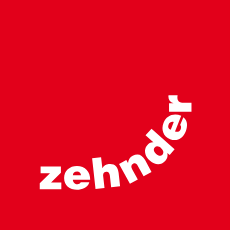FAQ
We recommend that your ventilation system be installed by a professional. Proper installation requires special tools and know-how.
A rotating heat exchanger has a much higher heat exchanging capability than a traditional plate heat exchanger. This is due to the fact that the rotating heat exchanger has significantly more mass and heat exchanging surface than a traditional heat exchanger. Mass increases the heat storing capability. An investment in a rotating heat exchanger pays itself back quickly as you save on your heating bill.
The rotating heat exchanger is very efficient and exhaust air (air flowing out of the house) can be very cold. This might cause moisture to build on the exhaust air duct, if the duct runs through a warm area.
If the exhaust air duct runs through a warm area, a proper insulation is either A. 80 millimeters of insulation with a vapor proof outer coating or B. 20 millimeters of closed cell insulation (such as Armaflex) directly on the duct and 50 millimeters of insulation with a vapor proof outer coating. If the duct runs through a cold area, the insulation should be at least 100 millimeters thick. Please read the installation instructions carefully before installing your ventilation ducts.
Duct insulation should be well-planned. The ducts can gather moisture and cause problems if not well-insulated.
The air filters must be changed according to the change frequency of the filters. The unit itself should also be cleaned periodically with a vacuum cleaner or such.
Units with the Enervent MD and eWInd control can be attached to a LAN network or Internet as well as KNX networks. Units with Enervent EC control can be also be attached to most home automation systems.
The heat exchanger does not need a pre heater due to its great heat efficiency. Supply air heating after the heat exchanger is needed in some cases depending on the climate conditions where the unit is installed. Usually we recommend a supply air heater, so that supply air is always nice and warm even during the coldest days.
Enervent air handling units have very efficient heat exchangers, so the supply air heater is only needed for the few coldest days. In warm climates the water circulated heating coil is usually not the cheapest option due to the high installation costs and low usage annually. The electric supply air heating coil is the better choice in these conditions. Supply air heating is more needed in colder climates and then the water heating coil is generally the better option.
The Enervent series has units with an air flow from 15 liters/second to 800 liters/second.
The air filters in your Enervent unit need to be replaced on a regular basis. Plain filters should be changed every four months, cassette and bag filters every six months. Keep your air fresh, remember to change your filters!
You can’t wash your filters, but you can extend the life of your filters by vacuuming them.
The Pinion, Pingvin (XL), Pandion, Pelican and Pegasos (XL) units must be installed in a warm space (over +5 °C). The LTR-2, LTR-3, LTR-4, LTR-6 and LTR-7 (XL) units can with an additional insulation be installed in a cold surrounding.
A correctly designed and dimensioned air handling unit is quiet.
Yes, just make sure that the supply air duct is insulated according to the insulation specification for cool air.
The air flow of each air supply valve has to be adjusted to the exact design value. This process requires measuring equipment and it should always be done by a professional.
The control of each Enervent unit with a water heating coil contains freeze protection. Enervent recommends the use of a damper with spring return in the outside air duct in all units with water-circulated coils.
It is always recommendable to use dampers in outside and exhaust air ducts. If there are water-circulated coils in the supply air, it is necessary to use dampers with spring return in the outside air duct to prevent cold air from entering the unit in power loss situations.
Enervent has been in the business from 1983.
No. You should absolutely run your air handling unit at the same speeds which your installer has recommended through-out the whole year. If you decrease your air flows during cold weather you increase the risk of ice build-up in your air handling unit. This risk in increased during extreme freezing outdoor conditions and with high indoor humidity (extensive shower use and lots of drying laundry).
The condition of your filters is essential to how well your air handling works. Dirty filters obstruct air flow and reduce air flows radically. Please be sure to change your filters regularly. Plain filters should be changed every 3-4 months and cassette and bag filters every 6 months. It is also useful to check that your outdoor air grill is clear from snow and tree leafs.
The standard rotating heat exchanger found in all Enervent’s product transfers some of the moisture in the extract air to the fresh outdoor air only when the outdoor temperature is below freezing. Often this is a desired feature as indoor humidity can be too dry when it’s cold outside. When the air flows are properly dimensioned for your house, indoor humidity will not get too high. If the moisture load is high due to extensive shower use or laundry drying, you might want to make sure that the humidity boost feature (standard in MD and eWind models, optional for EC models) is activated.


